Hemorrhoids
Signs & Symptoms of Hemorrhoids
Treatment for Hemorrhoids
10/7/2024
Postpartum Comfort: A New Parent's Guide to Managing Hemorrhoids
Overview
- This guide explores the causes, symptoms, and effective management strategies for postpartum hemorrhoids.
- Key recommendations include over-the-counter treatments, warm baths, dietary adjustments, and avoiding straining.
Introduction
The journey to parenthood is filled with incredible joy. However, it comes with its share of physical challenges. Hemorrhoids the swollen veins in the anus and the lower rectum, are common postpartum discomfort experienced by many new mothers.
In this new parents' guide to hemorrhoids after birth, we offer practical advice and coping strategies to help you manage this condition.
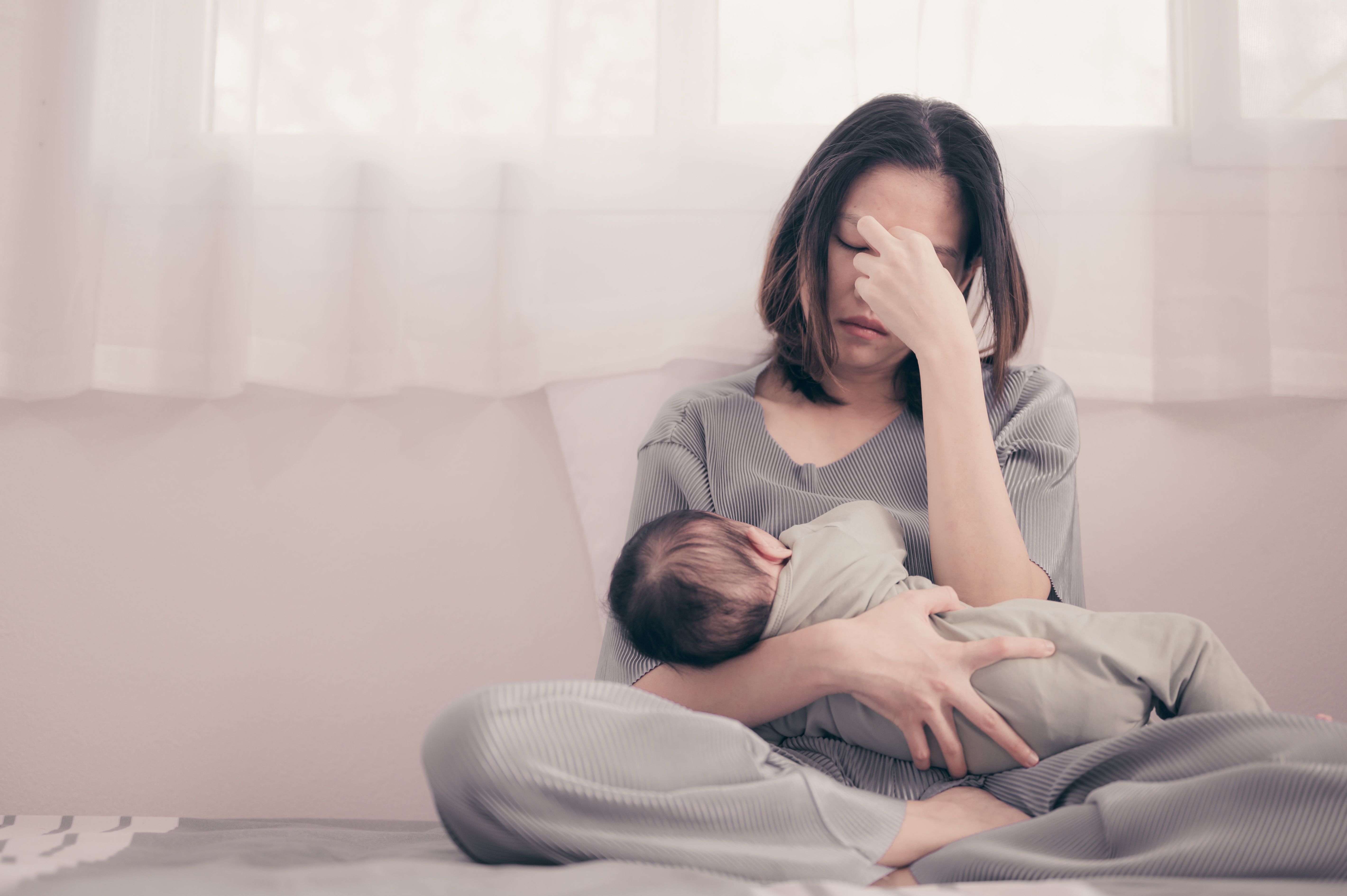
Why Do Postpartum Hemorrhoids Happen?
Postpartum hemorrhoids occur due to increased pressure on the veins in the rectal area during pregnancy and childbirth.
During pregnancy, the growing uterus exerts pressure on the pelvic veins and the inferior vena cava, which can slow down blood return from the lower half of the body, leading to enlarged veins2.
Hormonal changes can also cause the walls of these veins to relax, making them more susceptible to swelling1. The physical strain and increased abdominal pressure during labor and delivery further exacerbate this condition, resulting in hemorrhoids.
Symptoms of Hemorrhoids
Hemorrhoids manifest with several uncomfortable symptoms that can significantly impact daily life. Common indicators include2:

Itching or Irritation in the Anal Area
Itching or irritation in the anal area caused by the swollen veins and inflammation can be exacerbated by prolonged sitting, bowel movements, or wiping2. In some cases, the itching may be severe enough to interfere with daily activities and sleep, prompting individuals to seek relief through over-the-counter treatments or medical advice.
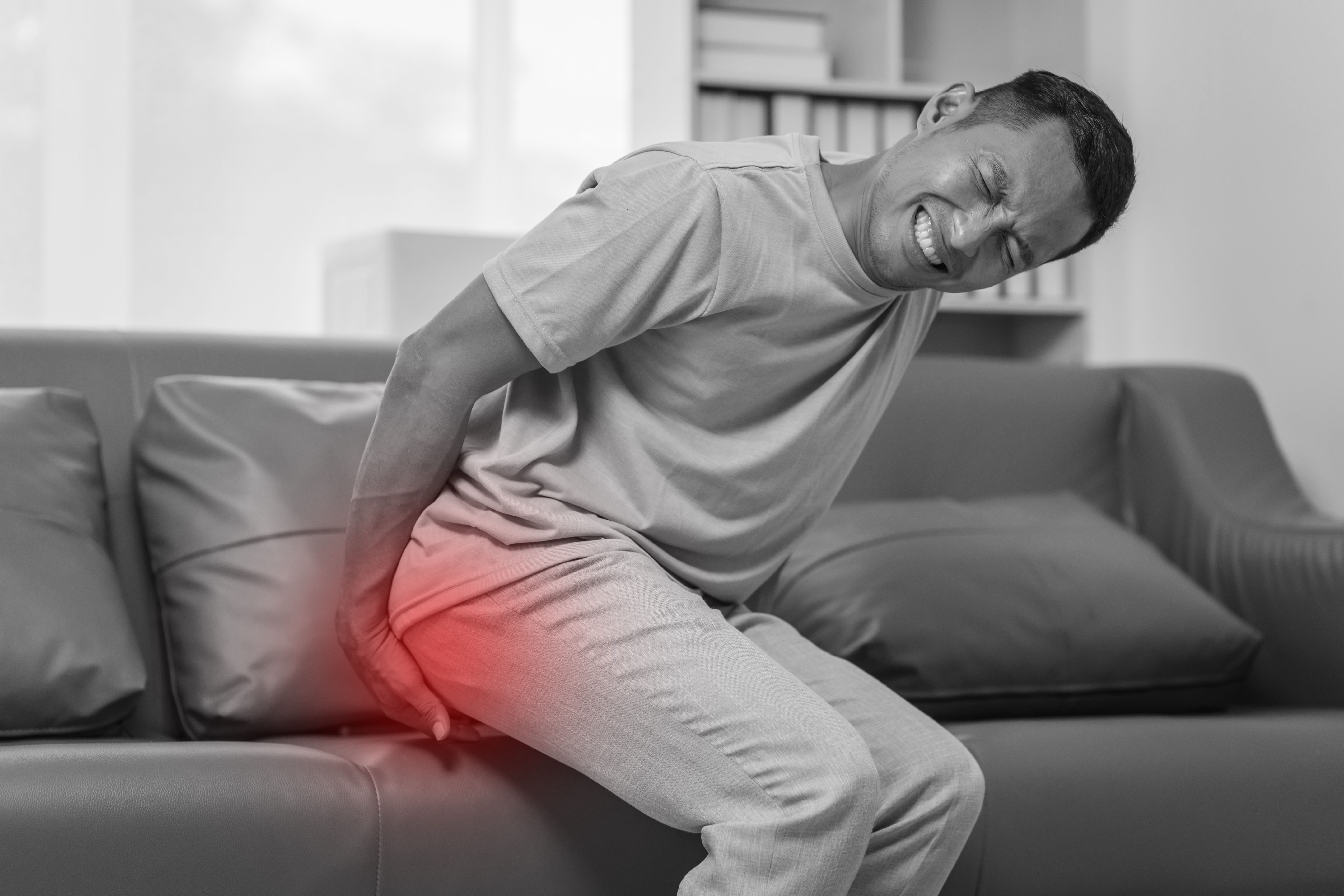
Pain or Discomfort
Pain or discomfort, particularly when sitting, is a common symptom of hemorrhoids due to increased pressure and irritation in the rectal area3. The pain can range from mild to severe and often worsens with bowel movements or straining.
On the other hand, discomfort can be exacerbated by sitting for prolonged periods or by the direct pressure of the hemorrhoids against the seat.
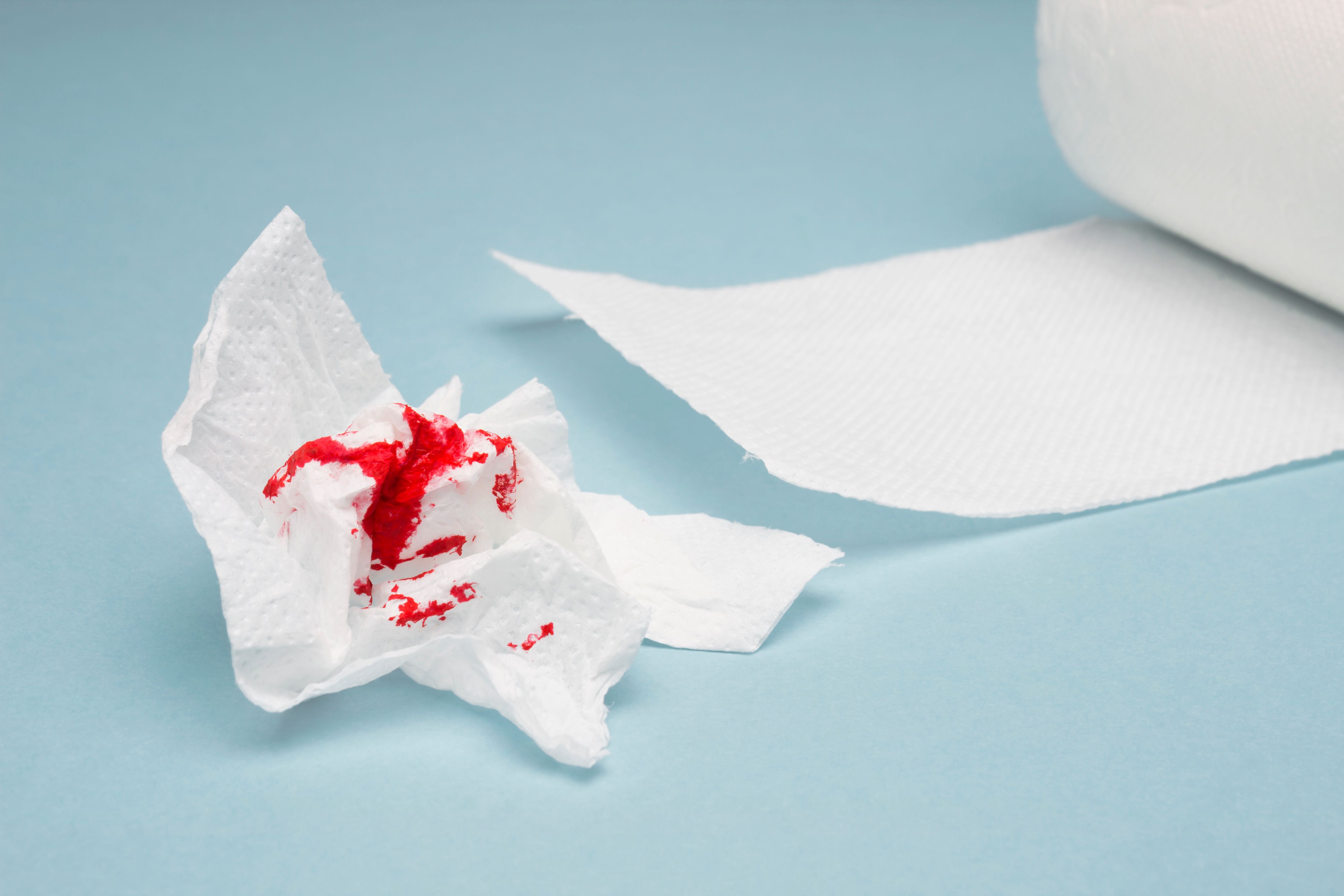
Bleeding During Bowel Movements
After passing a stool, you might notice a small amount of bright red blood in your tissue or toilet bowl.
Internal hemorrhoids can cause bleeding, often during bowel movements, while external hemorrhoids may also bleed, especially if a blood clot formed 4.

A Lump or Bulge Near the Anus
A lump or bulge near the anus is a common symptom of hemorrhoids, particularly external hemorrhoids3. This swelling occurs due to the engorgement of veins in the rectal area, which can become painful and sensitive. The bulge may vary in size and can be accompanied by discomfort, or bleeding during bowel movements.
Managing Hemorrhoids After Childbirth
Hemorrhoids, unfortunately, are a common postpartum challenge1. However, several strategies can help alleviate discomfort and promote healing.
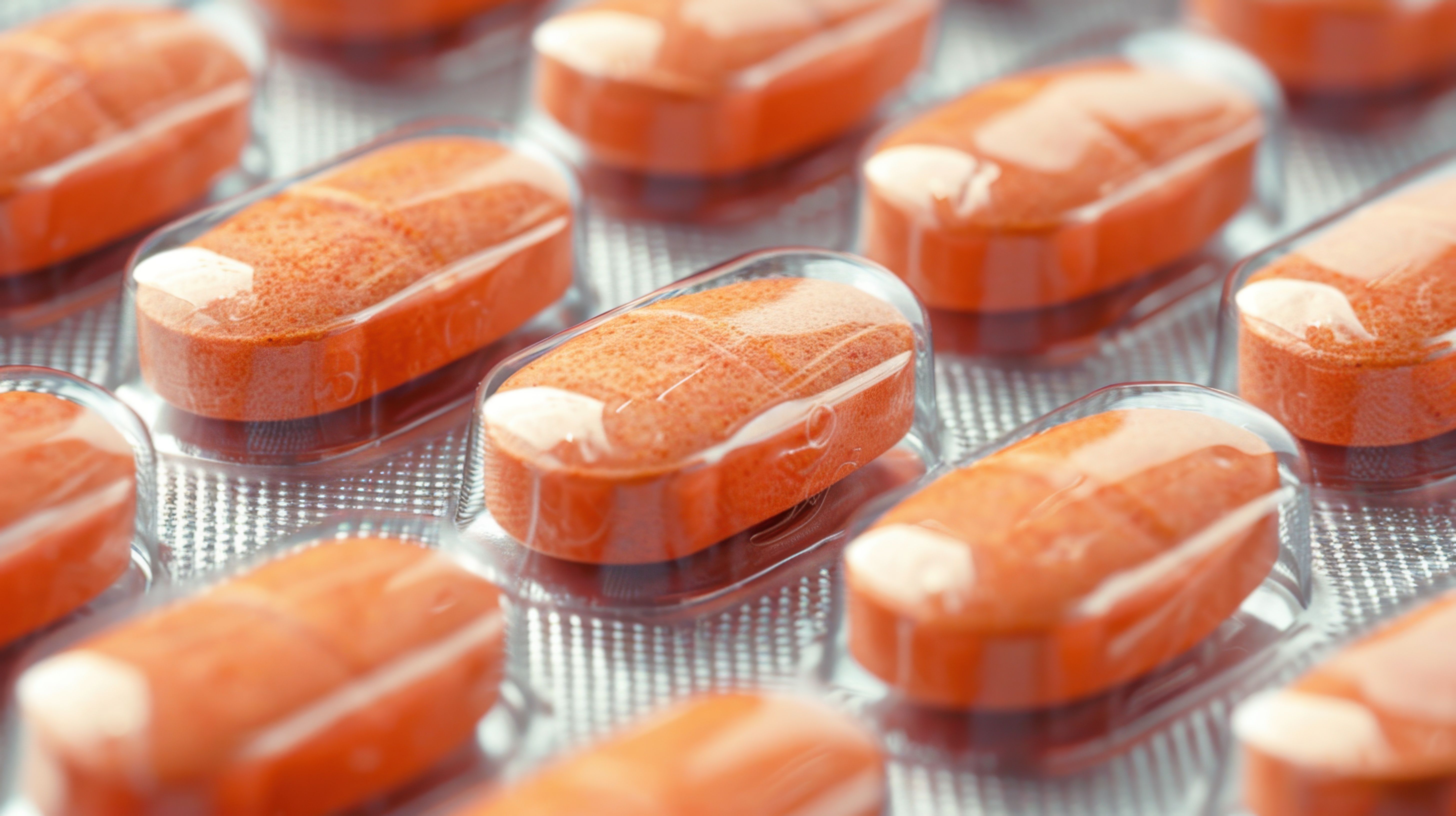
Opt for Over-the-Counter Treatments
Diosmin + Hesperidin (Daflon® 1000), is effective in managing hemorrhoidal symptoms, particularly in postpartum women. Clinical studies indicate that it significantly improves symptoms such as pain, heaviness, bleeding, and itching compared to placebo, demonstrating its efficacy in treating hemorrhoids.
While traditional over-the-counter treatments like topical creams and pain relievers provide symptomatic relief, Diosmin + Hesperidin (Daflon® 1000) offers a more targeted approach by enhancing venous tone and reducing inflammation, making it a valuable option alongside other treatments for postpartum hemorrhoids.

Give Yourself a Warm Bath
Experience relief from hemorrhoid discomfort by soaking in a warm sitz bath5 for 15-20 minutes, two to three times daily. Use a bathtub or a small plastic bath basin for this purpose. Adding Epsom salts or baking soda to the warm water can enhance the soothing effect6. Gently pat the area dry with a soft towel after each bath 7.
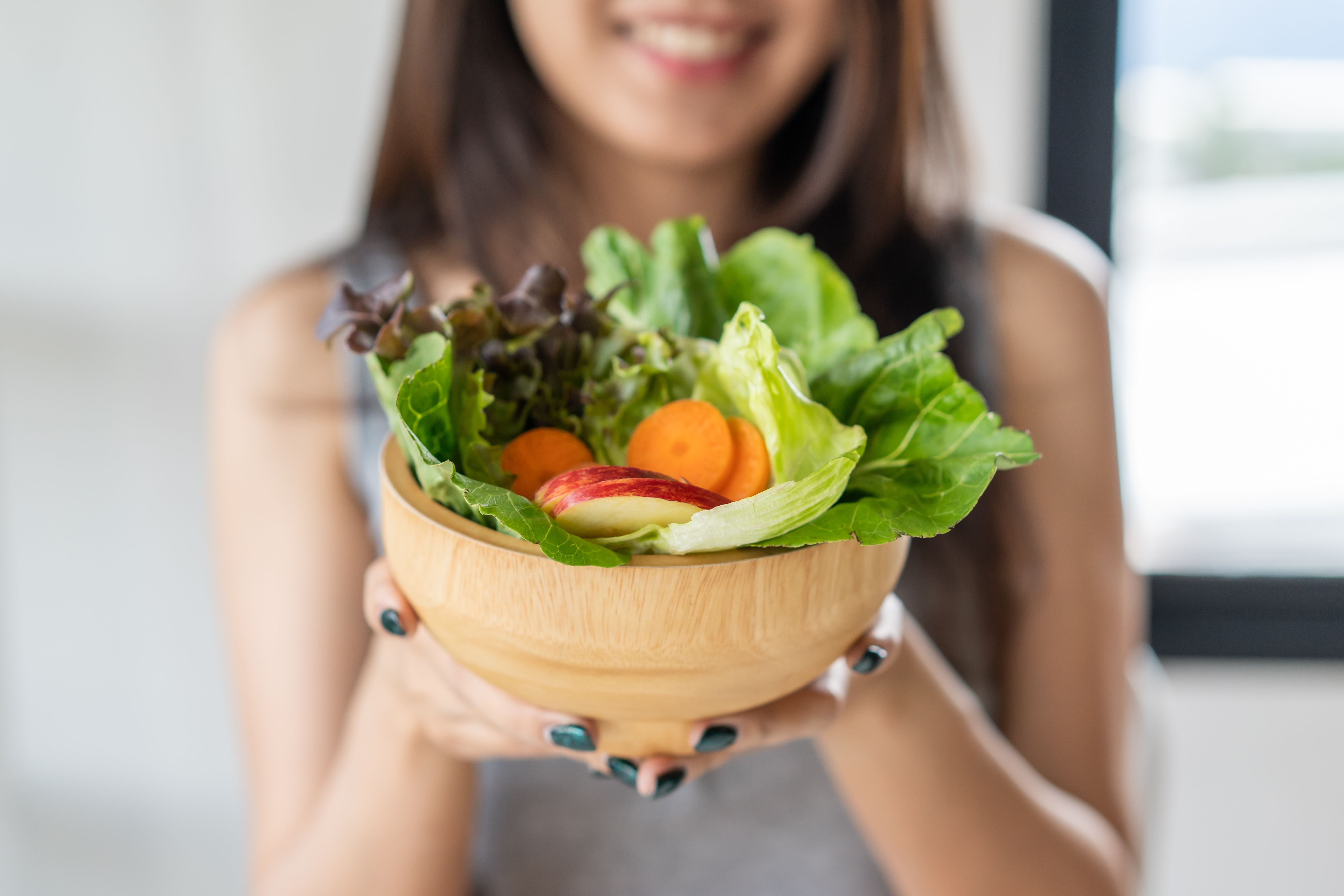
Prioritize Dietary Changes
A high-fiber diet can help soften stools and make bowel movements easier, reducing strain on the anal area. Foods rich in fiber include fruits like pears and apples, vegetables such as broccoli and green peas, and whole grains like oats and brown rice8.
Additionally, staying well-hydrated by drinking plenty of water supports digestive health and further aids in preventing constipation, which can exacerbate hemorrhoid symptoms.
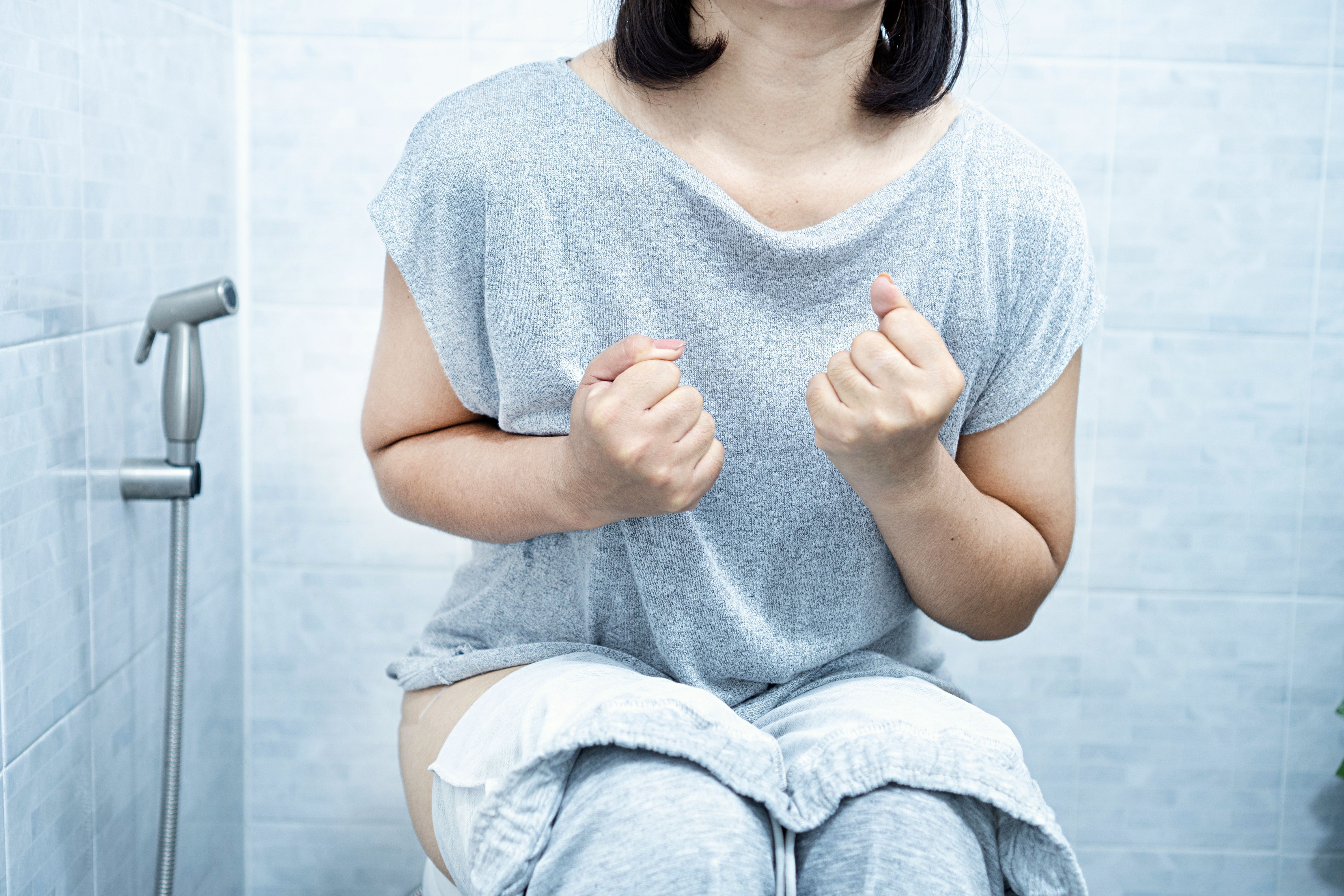
Avoid Straining
Straining during bowel movements significantly exacerbates hemorrhoids. To give yourself time to heal, be mindful not to push, strain, or bear down when sitting on the toilet. Try to let bowel movements happen naturally without forcing them.
Consider using stool softeners9, when necessary, which can help alleviate constipation and reduce the urge to strain. By incorporating small practices into your postpartum routine, you can manage hemorrhoids and expedite recovery.
Key Takeaway
Hemorrhoids can be a challenging postpartum experience10, but with proper care and management, they can be effectively addressed. In this new parents' guide to hemorrhoids after birth, understanding the causes, symptoms, and treatment options can help alleviate discomfort and promote healing. Remember, it's essential to prioritize self-care and seek medical advice if symptoms worsen or persist.
Don't let hemorrhoids interfere with your precious bonding moments with your newborn. Take proactive steps in finding relief and managing discomfort. Discover the relief offered by MPFF: Diosmin + Hesperidin (Daflon® 1000).
REFERENCES
- https://www.honorhealth.com/healthy-living/hemorrhoids-during-pregnancy#:~:text=Although%20hemorrhoids%20can%20appear%20at,through%20the%20anus%20to%20swell.
- https://www.healthline.com/health/pregnancy/pregnancy-hemorrhoids
- https://www.mayoclinic.org/diseases-conditions/hemorrhoids/symptoms-causes/syc-20360268
- https://www.mayoclinic.org/diseases-conditions/hemorrhoids/symptoms-causes/syc-20360268
- https://my.clevelandclinic.org/health/treatments/24137-sitz-bath
- https://www.healthline.com/health/hemorrhoids#symptoms
- https://www.parents.com/pregnancy/my-body/postpartum/4-painful-postpartum-problems/
- https://www.niddk.nih.gov/health-information/digestive-diseases/hemorrhoids/eating-diet-nutrition
- https://healthmatch.io/hemmorhoids/best-stool-softener-for-hemorrhoids#what-is-the-best-laxative-for-hemorrhoids
- https://www.urmc.rochester.edu/ob-gyn/obstetrics/after-delivery/common-conditions.aspx
2026